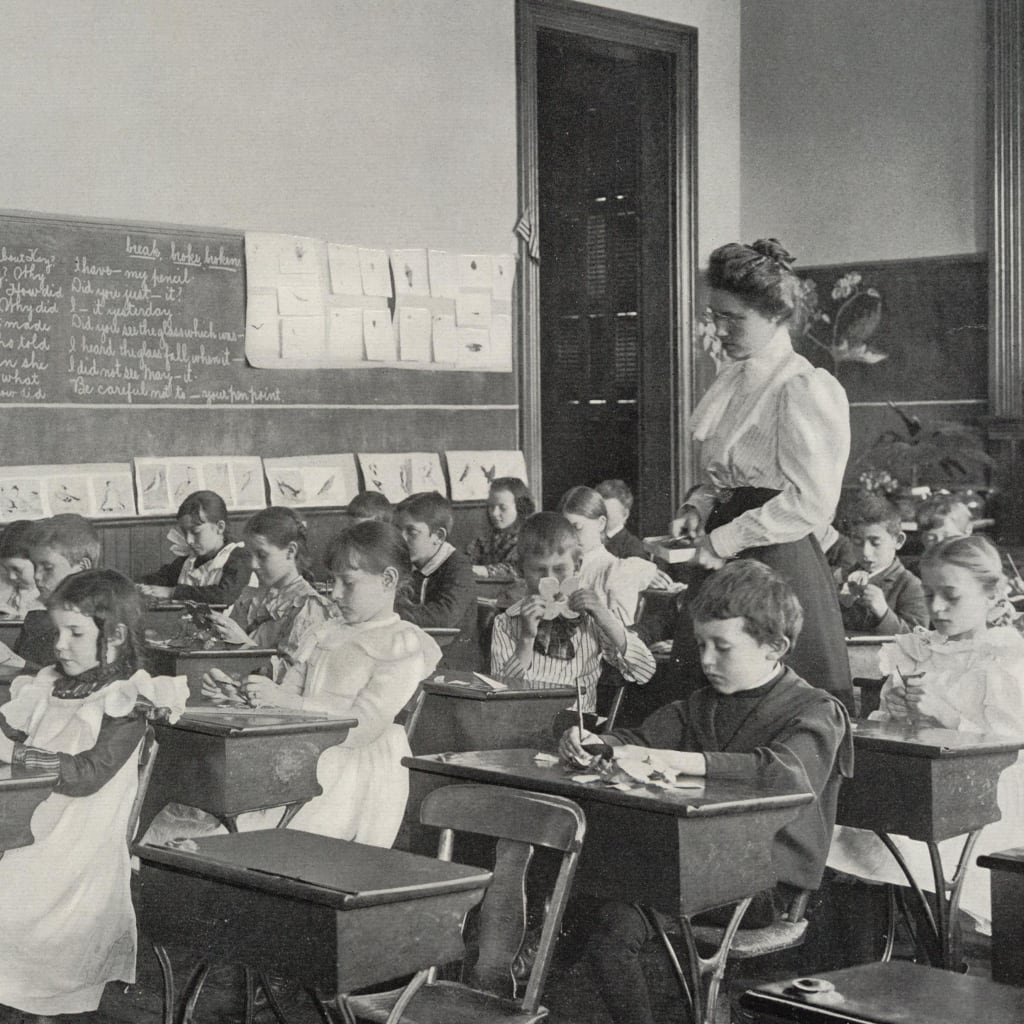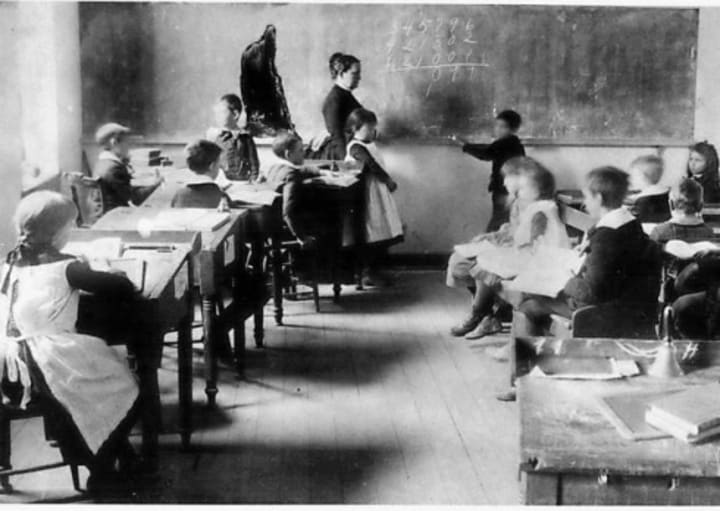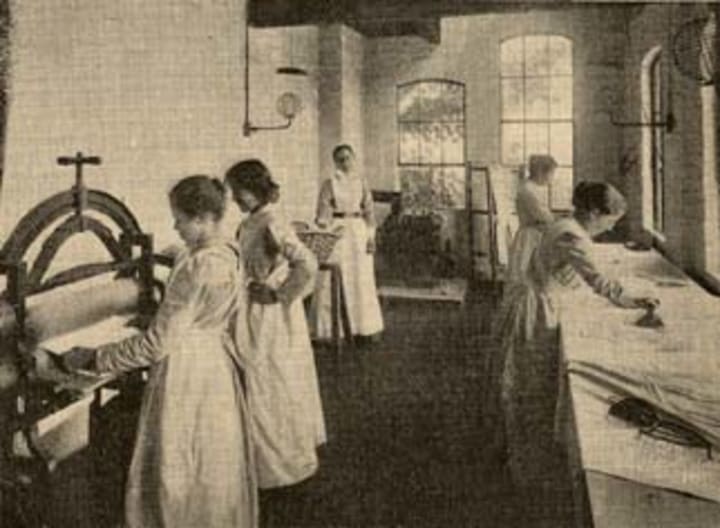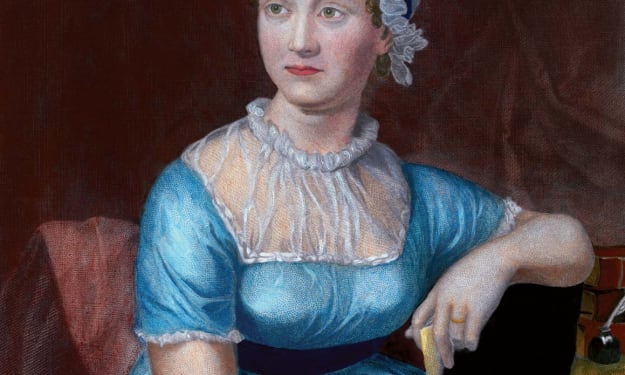
During the Victorian Era, the chances for an illiterate boy or girl were slim. For this reason, a number of day schools were established. These included the Ragged Schools, Parish Schools and Church Schools.
RAGGED SCHOOLS
Ragged Schools originated in the Sunday school founded in 1780 by Robert Raikes in Gloucester, who taught children to read so that they could read the Bible. Then a Portsmouth cobbler, John Pounds, gathered groups of children to play with his disabled nephew, and by 1818 had a class of 30 or 40 who he was teaching to read from the Bible because it was the only book easily available. The idea spread to London, in 1844, 19 Ragged Schools joined to form a Ragged School Union, headed by Lord Shaftesbury. By 1861, they were teaching over 40,000 children in London, including the children of convicts, drunks and abusive step-parents, and deserted orphans --- and even ‘the children of poor Roman Catholics who do not object to their children reading the Bible.’ By 1870, there were 250 Ragged Schools in London and over 100 in provinces. Meanwhile Quintin Hogg, the ex-Etonian son of a prosperous London merchant, had set up a Ragged School, just off the Strand in London, in 1863, when he was just 16. His pupils were the wildest and most destitute of the street children. Hogg persevered, and even set up a ‘doss house’ for homeless boys. One of his sisters was enlisted to run classes for girls, who were just as wild. The London Polytechnic, now the University of Westminster, can trace its origin to Quintin Hogg.
PARISH SCHOOLS
Parish workhouses were supposed to provide education for the children in their case whom they had not managed to apprentice out, but this duty was poorly observed. Some satisfied it by shunting their children to the Central London District School for Pauper Children on the outskirts of London, known as the “Monster School” because of its size --- it housed 1,000 pupils. (Charlie Chaplin was one.)

CHURCH SCHOOLS
The Church of England and the non-conformist movement both provided elementary education, and both adopted the Lancaster System whereby the brightest pupil taught what he had learned, to a group of fellow-pupils, each of whom in turn passed it on, and so on; tidy and superficially efficient but prone to errors. Nevertheless, Joseph Lancaster himself gave 1,000 children some grasp of the rudiments, reading, writing and ‘reckoning’, in this way. The System was replaced by properly trained pupil-teachers in 1846. Both establishments set up teacher training colleges, which gave their graduates the entrance to employment as well-trained, certificated teachers.
THE JEWS FREE SCHOOL
The Jews Free School had opened in the east end of London in 1817. By 1822 it offered ‘a religious, moral and useful education’ to 600 Jewish boys and half as many girls --- already almost up to the Monster School level. From 1842 to 1897 its head was Moses Angel, a brilliant polymath with a genius for teaching. By 1870 it had 2,400 pupils, and was perhaps the largest school in the world. (It still exists today in Harrow.)
THE PUBLIC SCHOOLS
The British call their most exclusive and expensive educational establishments “Public.” Winchester College was the earliest, founded in 1362. The College of St. Mary at Eton followed in 1440. There was a burst of new foundations in the 19th century, reflecting the aspirations of the middle classes to the status symbols of the nobility and gentry. They emphasized the importance of sportsmanship and of a brand of Christianity later called “Muscular Christianity.” They produced self-confident young men ready to become leaders destined for the army or the civil service, at home or in the Empire. Scholarship came lower down in their priorities.

EDUCATION FOR GIRLS
In the upper classes, it was assumed that a girl would marry and that therefore she had no need for a formal education, as long as she could look beautiful, entertain her husband’s guests, and produce a reasonable number of children. “Accomplishments” such as playing the piano, singing and flower-arranging were all-important.
Queen’s College in Harley Street, London, was founded in 18148, to help give governesses a recognized qualification. Ten years later saw the foundation of Cheltenham Ladies’ College. Other public schools for girls followed.
THE UNIVERSITIES
For centuries, the universities of Oxford and Cambridge had imposed three barriers to entrance. An applicant had to be: 1/ male 2/ unmarried 3/ a member of the Church of England .
In 1878, London University admitted women to two colleges, Bedford College and the Royal Holloway College. Oxford and Cambridge held out against women until the next century.
Look out for more articles on The Victorian Era.
About the Creator
Ruth Elizabeth Stiff
I love all things Earthy and Self-Help
History is one of my favourite subjects and I love to write short fiction
Research is so interesting for me too






Comments
There are no comments for this story
Be the first to respond and start the conversation.